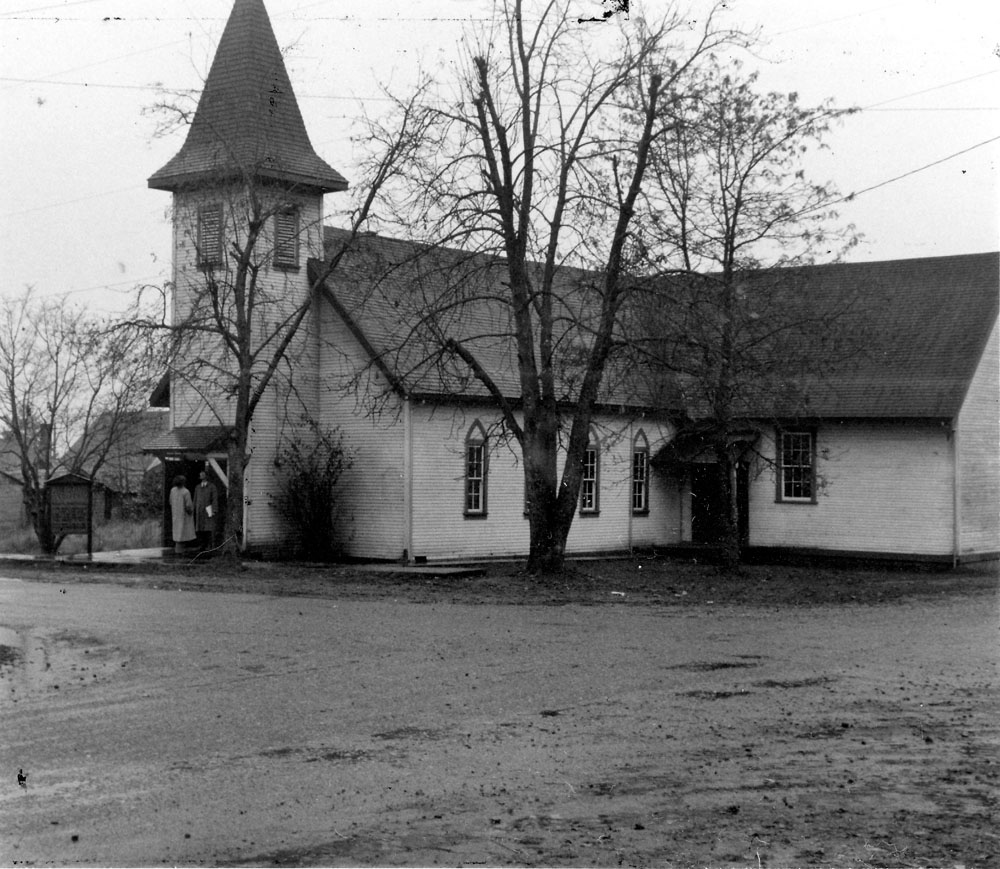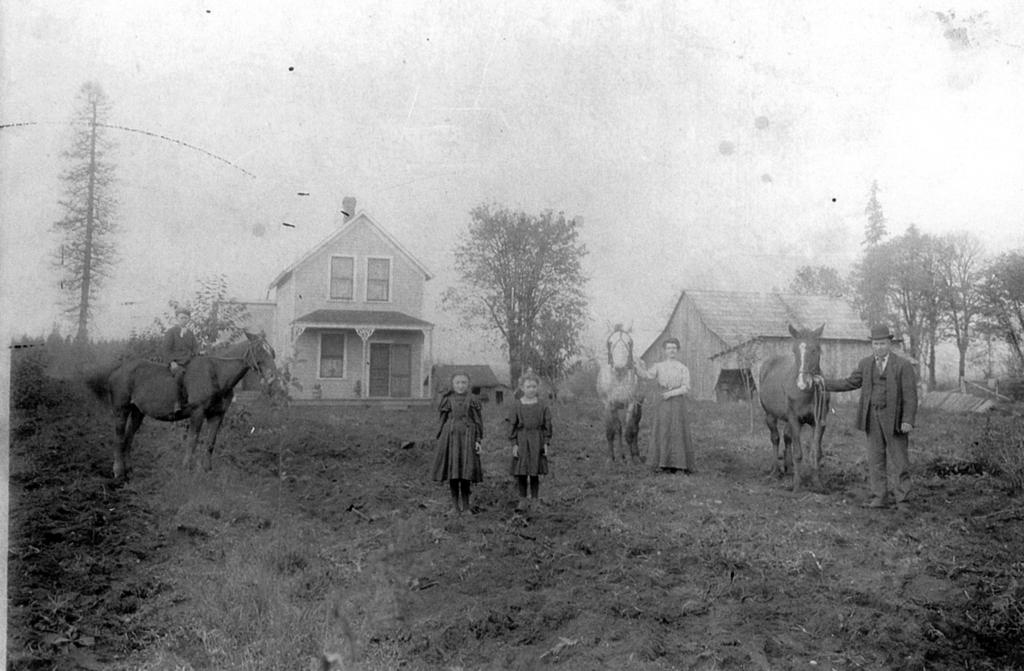
The first Presbyterian Church in Port Hammond was built in 1910. The congregation had been meeting for some time in a local hall and it was time for a building of their own. A newspaper article lists the minister as Rev. George Findlay, who was assisted by a board of managers. The efforts of this body plus the ladies aid and congregation membership were credited with getting the project to its grand opening in September.
We do not have the records of those earliest days of the Presbyterian Ladies Aid but we do have minutes of their meetings from 1913 on. The core group of the Ladies Aid was composed of the wives of the men on the managing board. The rest were members of the congregation. All were identified by their marital status – Mrs or Miss – no first names are ever used.
At the first meeting we have record of – November 6, 1913 – there were 7 women present. A letter was read into the record thanking the women for their donations of vegetables to the Children’s Aid Society. Even in those early days there were poor and neglected children.
The next order of business was to strike a committee to purchase a new stove for the church. This would be the heating sort of stove rather than a cook stove and they decided to spend no more than $18 on it.
Later they agree to pay the church phone bill and also put $30 towards the minister’s salary. They finished with a decision to get an estimate on the varnishing and kalsomining [a kind of whitewash] of the building exterior.
From meeting after meeting it was clear that this small but determined group of women were looking after all the building expenses and maintenance with funds raised through near constant baking and household goods sales and sponsored dances. This was in addition to running their own households and caring for their own children.
The men were certainly not uninvolved but their primary work was to feed and house their family with church duties consisting mainly of meetings unless the women pressed them into service as heavy lifters. Congregation members were also paying into the church via the collection plate or subscription but no details of those funds are included in the ladies minutes.
The minutes of this small group are incredibly valuable in telling the story of day to day life for women in that era. The population for the whole of Maple Ridge had barely passed 1,000 and people lived on relatively isolated farms. The churches were hubs of social life as well as being vital to the development of infrastructure in the community. They also provided social services that were not available from any other source.

John H Chatwin and his wife Mamie were stalwarts of the Presbyterian Church in Hammond. Here they stand in front of their home with their children. This photo was taken circa 1900 when the Presbyterian congregation was still meeting in private homes. P08673
The John and Mamie Chatwin family, who were charter members of the church management board and the Ladies Aid, retained the minutes after church union in 1926 when the minutes end. They were kept by the family until donated by descendent Nancy McCulloch. We are so grateful to the Chatwin family for their careful curation of these records and ask that other families give a thought to finding a permanent home for these kinds of records that have been left in your care. Even if the records of the group or person were not created in Maple Ridge, museum staff can help find the best destination. This is history with no backup copies. Once lost, it is gone forever.